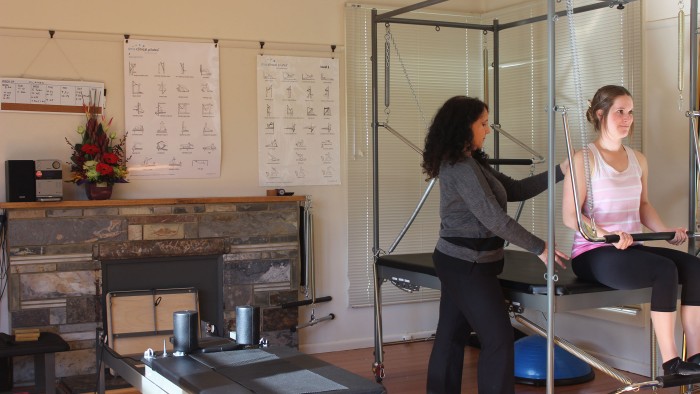Dysautonomia is a collection of symptoms related to disturbance or dysfunction of the Autonomic Nervous System, or ANS. The Autonomic Nervous System is the part of the nervous system that involves the regulation of organ function and control of heart rate, blood pressure, temperature, respiration, digestion and other vital functions.
Common Symptoms can include:
- Headaches, migraines or dizziness
- Fatigue, poor sleep, waking unrefreshed from sleep
- Gastrointestinal issues
- Heart palpitations
- Shortness of breath
- Excessive sweating of the palms/feet
- Blurred vision
- Low blood pressure
- Fainting & drop attacks
- Referred pain
Associated Condition can include:
- Fibromyalgia
- Chronic Fatigue Syndrome
- Vertebral Basilar Ischemia (VBI or Beauty Parlour Hairdresser Syndrome)
- Overtraining Syndrome
- Chronic Regional Pain Syndrome
- Postural Orthostatic Tachycardia Syncope (POTS)
- Postural Orthostatic Intolerance (POI)
- Anxiety & depression
Symptoms:
Due to the breadth and complexity of the ANS, symptoms of Dysautonomia can be wide-ranging and therefore are often mis-diagnosed or treated individually as elements of other conditions, rather than recognised as a collection. They can vary widely from person to person and have the potential to significantly affect their quality of life.
Causes:
There are a wide range of diseases, conditions and injuries that may cause Dysautonomia.
The dma clinical pilates training system has trained us to treat the type of Dysautonomia that relates to positional narrowing of the spinal canal, where pressure on the spinal cord causes irritation of the autonomic nerve fibres (usually around the base of the neck – lower cervical & upper thoracic region). This pressure can be caused by injury, trauma or stress and even sustained postures during simple daily activities such as hanging the washing on the line or leaning towards a computer screen! A pressure change or sustained pressure may provoke an autonomic ‘episode’ or flareup of symptoms. Sufferers may experience one, two or all of the listed symptoms, varying in severity, and may find that they tend to flare up in periods of high stress, illness or injury.
Hypermobility
A Hypermobile person is someone who is very flexible. Joint Hypermobility Syndrome is a condition where the joints move easily beyond the normal range expected. Research has shown that Dysautonomia symptoms are significantly more common in people who are Hypermobile.
Treatment and On-going Management of Dysautonomia and Joint Hypermobility Syndrome. Using the dma clinical pilates assessment and management system. We can help many clients with Dysautonomia symptoms. Many clients with these symptoms have tried many other therapies without success.
As is the case in all our treatments, we aim to educate you about this condition and what you can do to improve it.
We can adjust your clinical pilates regime to accommodate this condition.



